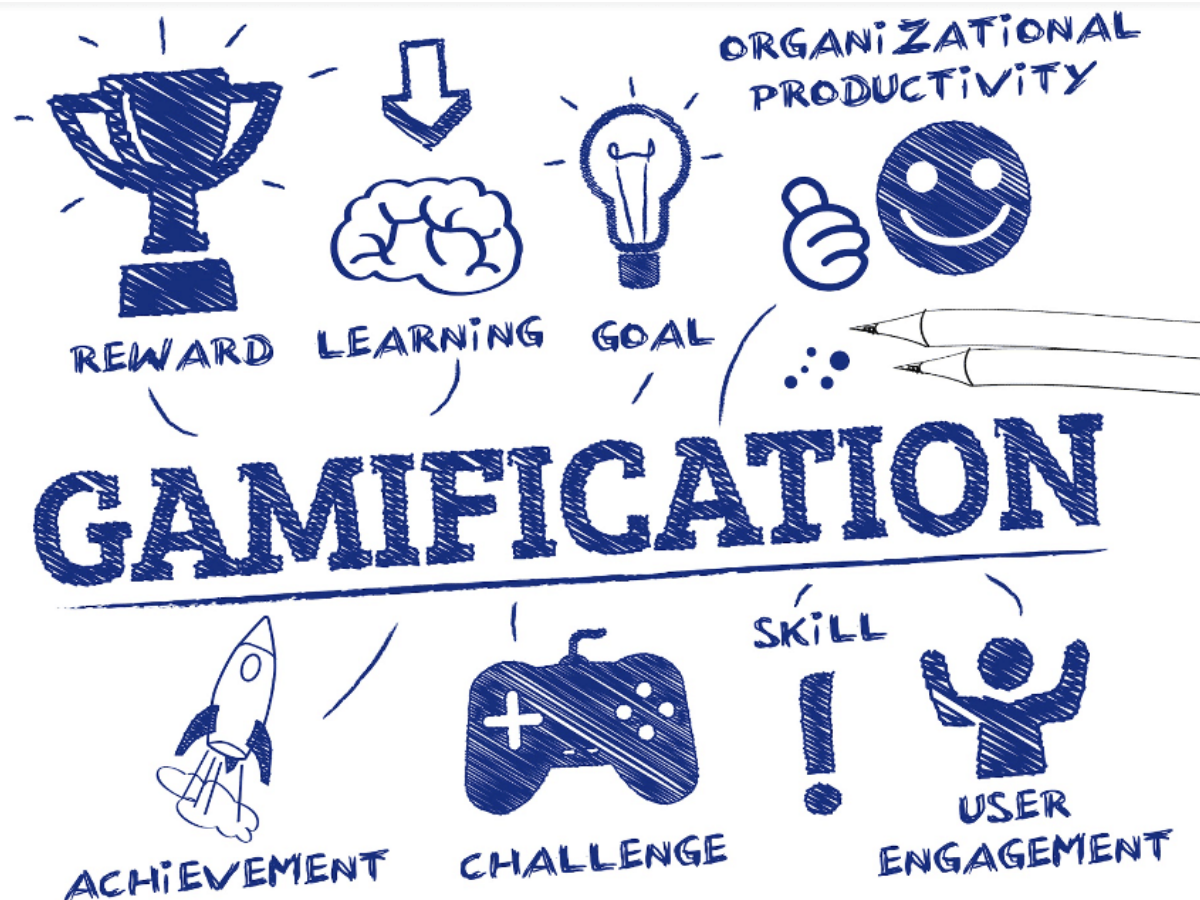


share
Gamification is the process of enhancing standard operational process by lacing it with gaming elements, with the goal of improving compliance, productivity and know-how. This is achieved by accurately measuring or tracking user activities and rewarding them accordingly based on their milestones and achievements.
Gamification introduces competition, performance, ranking, multilevel milestones and corresponding reward for achieving the same. It is characterised by a shared leader board, point systems, awards, and badges for participants. The key driver of gamification is to increase participation and motivate teams into achieving set organisational objectives and goals. Some models allow for the scoring and rewards system to change at intervals depending on the evolving business objective for the organisation.The global gamification market was valued at
USD 5.5 billion in 2018, and it is estimated to witness a CAGR of 30.31% over the forecast period (2019-2024).” - Salesforce.com
One of the most vulnerable units of any organisation that has a huge sales force is their sales personnel (either field or online-based sales personnel). These set of staff are prone to low motivation, poor engagement, and dwindling commitment over time. When the numbers are not looking good, motivation becomes particularly low, thus businesses ought to invest a tidy sum in their continuous training.
The response to these challenges has come in multiple ways including merely incentivising sales, constant retraining and lead generation. Strategies such as pairing struggling staffs with high performers are also adopted to encourage influence and peer learning. However, records show that even this can only go so far, leading to the relative high turnover of sales executives.
|
|
Wouldn’t it be nice for organisations and their sales executive to look forward to selling and perceiving selling as fun? Gamification for sales operations uses gaming models to motivate employees to perform their best. It drives them to compete against their goals, fellow team members, as well as previous achievements. It drives internal motivation, the sense of mastery and control that comes from knowing we’re doing our job well. Sales personnel can see their performances, how close they are to milestones and ultimately decide what’s needed to reach their goals.
According to Salesforce, 90.4% of companies that implemented a gamification program for their sales team reported successful results. While this trend is growing in some part of the world, it remains emerging in other parts as shown in the global market growth from Mordor Intelligence. The Asian content is deep into the art form, Africa and surprisingly the Americas are only playing catchup.
Excite Panacea is positioned to address Africa’s gamification program gaps. At Excite we are currently working with a few of our FMCG customers to enhance their sales operations by first organising their sales data implementing predictive analytics and gamifying the sales process. This we are doing while ensuring an increase in the number of platforms. This includes optimising existing CRM and sales automation management system to leverage gamification for better performance. It is important that while doing this we do not increase the sales cycles and where possible, ensure that we are creating a single doorway to information and activity. In mediating change, some of the key challenges of sales operations we identify includes:
At Excite Panacea, we believe that a portion of the resources invested in cubing these issues can be directed toward design and deploying a fit for purposes gamification system that helps your personnel perform better and the organisation achieve its sales objectives.